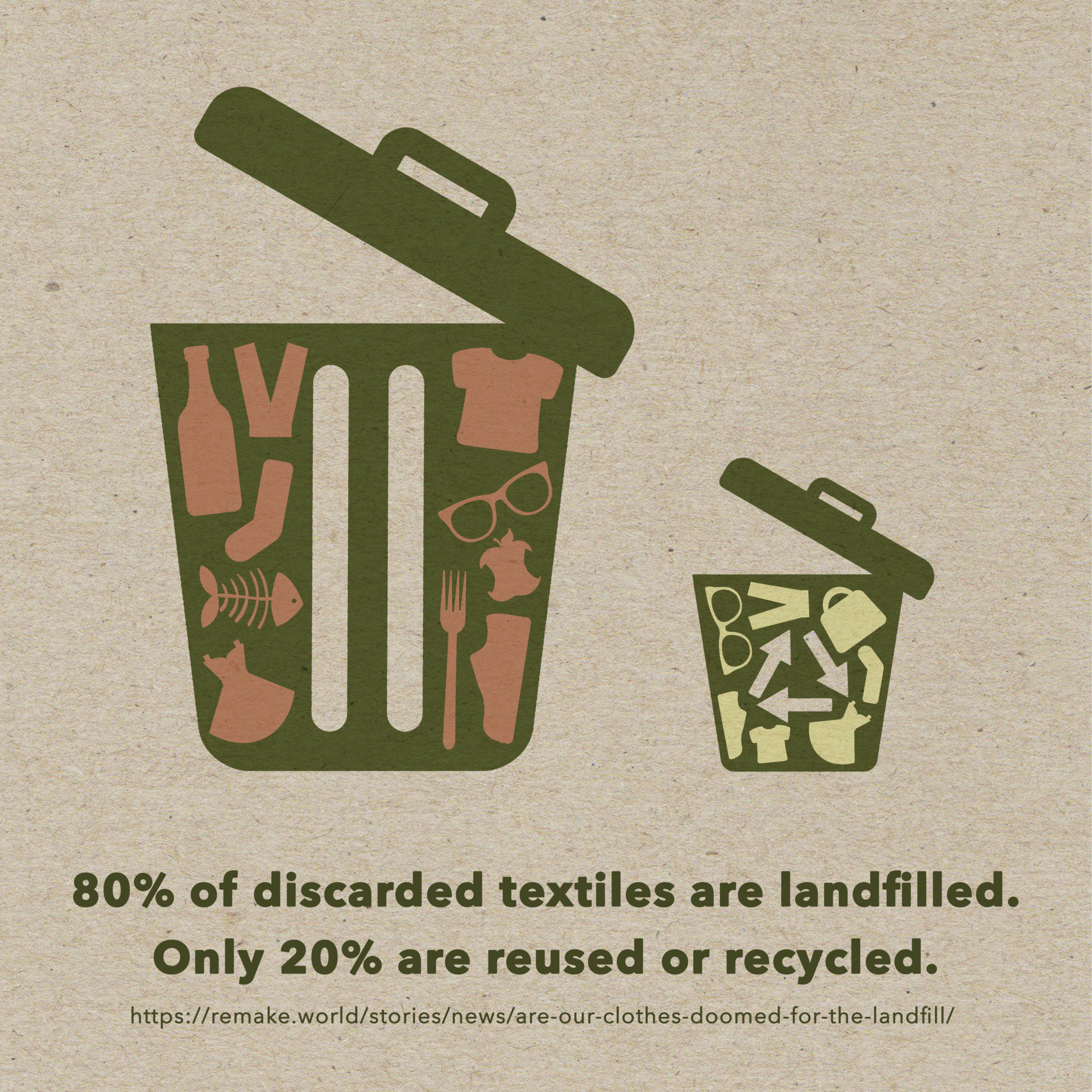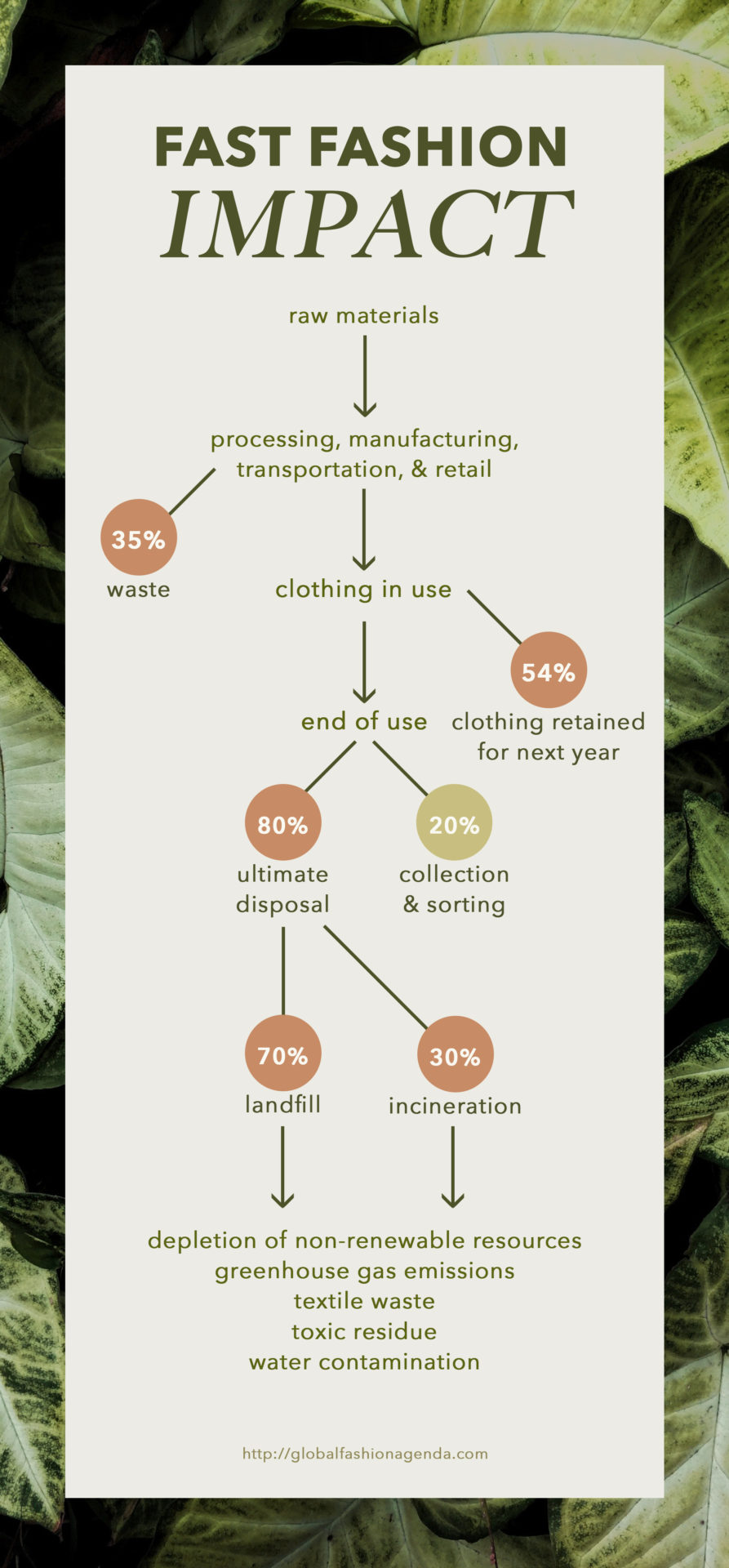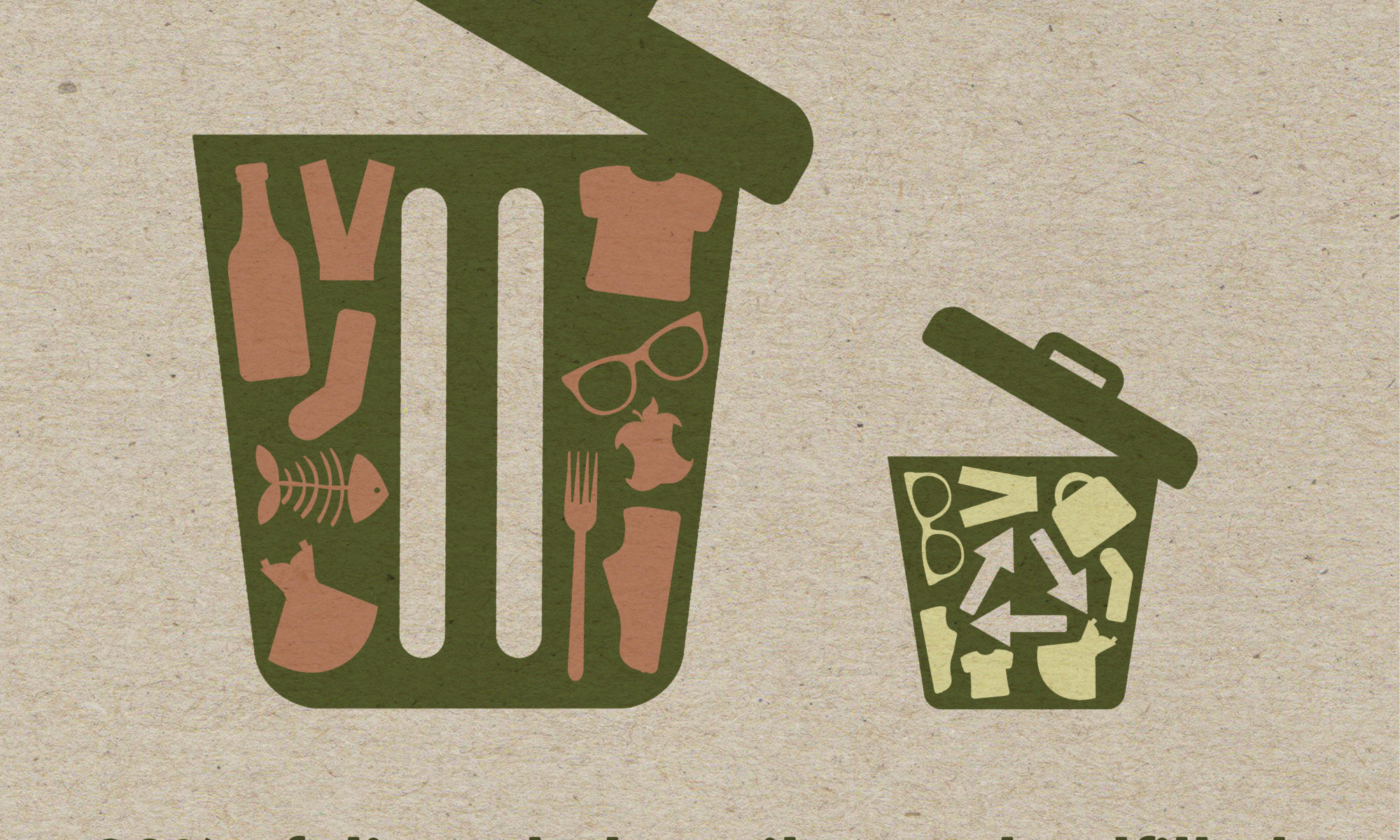The clothing and textile industry is the second-largest polluter in the world. The industry has left its ugly mark on the planet from greenhouse gas emissions, waste accumulation and water pollution. As awareness about sustainability increases, fashion companies and consumers must adjust their practices for the betterment of the earth.

Popular retailers provide trendy, yet cheap, clothes. Fast fashion brands use cheap materials to maintain low costs allowing them to produce new textiles quickly. These clothes use toxic chemicals which contaminate our environment. (Maggie Stout/TommieMedia)
Since its 2017-18 annual report revealed the incineration of $38 million in leftover stock, luxury brand Burberry faced backlash from environmentally conscious consumers. To avoid the devaluation of its brand that comes with selling items at discount prices, Burberry initiated a “see now, buy now” catwalk show format. During fashion week, the label had stock available immediately to consumers, instead of presenting and taking orders.
The destruction is not exclusive to luxury brands. Other retailers, such as Nike and fast-fashion label H&M, have been accused of incinerating or defacing unsold items deemed “deadstock.”
The biggest concern is with fast fashion’s ability to provide low-cost items to consumers quickly. However, in order to fit these demands, fast fashion companies resort to environmentally harmful materials and toxic chemicals. The pressure to sell stock produces large amounts of textile waste as consumers are buying more clothes, but keeping them for lesser amounts of time because they are lower in quality.

The wastewater from textile production contains substances like lead, mercury and arsenic. In most countries where production occurs, this toxic residue is released into rivers. The contamination harms the aquatic life in the river, the health of the people living along the river, and the oceans and other bodies of water with which it connects.
Even something as mundane as doing laundry can introduce plastic into the food chain. Washing synthetic fabrics such as polyester and nylon release as many as 1,900 individual microfibers into the water. These microfibers end up in the ocean and are consumed by small aquatic organisms, which are then consumed by fish.
The production of textiles requires large amounts of water. From growing cotton to dyeing clothes, the process needs thousands of gallons of water to produce a few simple items. According to EDGE, “It takes more than 5,000 gallons of water to manufacture just a T-shirt and a pair of jeans.”
EDGE reports that, “consumers throw away shoes and clothing [versus recycle], an average of 70 pounds per person” every year. Since synthetic fibers, which are used in 72 percent of clothing items, are non-biodegradable and made of plastic, they can sit in landfills for 200 years before they decompose. As much as 95 percent of these discarded textiles could be recycled.
Synthetic fibers also contribute to the amount of greenhouse gas emissions of which the fashion industry is guilty. Created from fossil fuel, these fibers require more energy to produce than natural fibers.
To provide more sustainable fashion, textile companies need to take responsibility for the pollution they generate. Addressing the use of toxic chemicals, synthetic fibers and waste of stock will target the issues at the heart of the problem. Brands should explore sustainable fabric sources, along with the recovery and recycling of items.
One initiative that aims to reduce textile waste and target fashion’s unsustainable habits is Ellen MacArthur Foundation’s Make Fashion Circular. The collaboration with such brands as Nike, H&M, Burberry and Gap wants to end the industry’s take-make-waste model and transform it into a circular model by removing waste and pollution, re-using products and materials, and renewing natural systems.
The circular economy goal is not just reducing the negative effects of the take-make-waste system. It aims for a fundamental shift that creates long-term benefits in business, environment and society.
The solution to the fashion industry’s pollution issue also falls to consumers. Buying used, whether through thrift stores, apps or buy-and-sell groups, helps keep clothes out of growing landfills.
The Love Your Clothes Initiative seeks to help consumers fall in love with the clothes they already have. The website offers tips on how to buy smarter, make items last, revamp a wardrobe, and get rid of unwanted clothes.
The fashion industry’s waste has gotten out of hand, and for the sake of the planet, consumers and companies must work together to create a more sustainable closet.
Kayla Mayer can be reached at maye8518@stthomas.edu.
Editor’s Note: This column was originally posted in April without graphics.



